protest
Videos show dozens-strong assembly in middle of downtown shopping district.
The fight for human rights goes on, but these considerate people have earned a ton of respect from some Japanese people.
Two-million person protests quickly and compassionately give up their position in the streets for the sake of the injured.
Three major bookstore chains in Japan stop selling CoroCoro Comic after an image defacing the ancient ruler was published.
“Destroy Christmas!” chants Revolutionary Alliance of Unpopular Men as it takes to the streets in annual demonstration.
You know your country has done something really weird when it ends up on the morning news in Japan.
Pikachu and Nintendo find themselves in the middle of a cultural controversy in Hong Kong.
The above scene of Japanese elected officials climbing on top of each other like extras in a Pearl Jam music video made headlines worldwide much to the country’s chagrin. And it was in this way that Japan has officially reinterpreted its constitution to allow military deployment to other parts of the world for the first time since World War II.
Yes, rather than through persuasive speech and the rational debate that government was designed to produce, the future course of Japan had been steered by underhanded tricks, shoving matches, and even a decoy legislation made of a One Piece advert.
But were these uncivilized tactics motivated by honest passion and the sheer intensity of the situation, or were the elite of Japanese society simply showing their true nature of political impotence? To find out, let’s take a look at how the whole fracas started.
Although the protester that managed to infiltrate the European Central Bank’s monthly press conference recently got plenty of media attention with her clever deployment of a so-called “Glitter Bomb” – that is, she scattered the notoriously-difficult-to-remove, fabulous substance everywhere – her protest method of choice came a few months too late.
Everyone knows, of course, that the disruptive substance du jour now is the dial-a-bag of dongs. Glitter is just so yesterday. But, our intrepid protester is still getting her due time in the spotlight in Japan because of her resemblance to a certain anime character.
This is no April Fool’s joke: on April 1, a group of anti-Japanese protestors gathered outside the Japanese embassy in Seoul, Korea to rally against Japanese Prime Minister Shinzo Abe addressing the U.S. Congress later this month.
Things started to get out of control when an effigy with Abe’s face was beheaded ISIS-style, and a Japanese imperial flag was sliced to pieces with a knife. The protest is being called “too extreme” even by those sympathetic to their cause.
Nearly two weeks into the Occupy Central protests and things have hit a bit of a malaise. The Hong Kong government has cancelled previously promised talks and protester numbers have been on the decline. Organizers are hoping for a surge in support soon to maintain the demonstration.
Meanwhile, a song produced by Toshiharu Mineoka has helped to energize people featuring the vocaloid stylings of Hatsune Miku. Titled “Umbrella Revolution,” it has been generally well-received in Hong Kong and Taiwan since its posting on 1 October. The video’s YouTube page has been inundated with messages of thanks from people in Hong Kong such as “I cried when I first heard the song (and I don’t even know Japanese).”
Back on the topic of the Occupy Central demonstration taking place in Hong Kong in protest for electoral democracy, little progress has been made to resolve the situation, though there have been reports of planned talks between the government and representatives from the protesting group. More than a week has passed since the Occupy protesters started camping at several locations, staying put despite assaults from opposing factions and refusing to budge even as the police brought in tear gas and pepper spray.
As complete outsiders, we have no say on how things ought to be handled, and we’re definitely not taking sides, but if there’s one thing we could all learn from this protest, it’s how to make your own DIY tear gas mask. A YouTuber from Hong Kong shows us how!
As many of you probably already know, protests are going on in Hong Kong as a portion of its citizens are demanding for electoral democracy. The protest, which began on 26 September, triggered off a chain of events, from students boycotting classes, to thousands of people occupying several major areas of the bustling city in demonstration, to mysterious flying objects, and now, mysterious doppelgängers.
As protesters in Hong Kong continue fighting to have a thin veil of “democracy” offered by the mainland Chinese government replaced by a slightly better veil enjoyed by other countries around the world, another story has emerged.
It appears that a UFO has been caught on tape hovering above the massive demonstration. Sure, we’ve seen videos of mysterious moving lights in the sky before, but this one may really change the way we look at UFO videos from here on out.


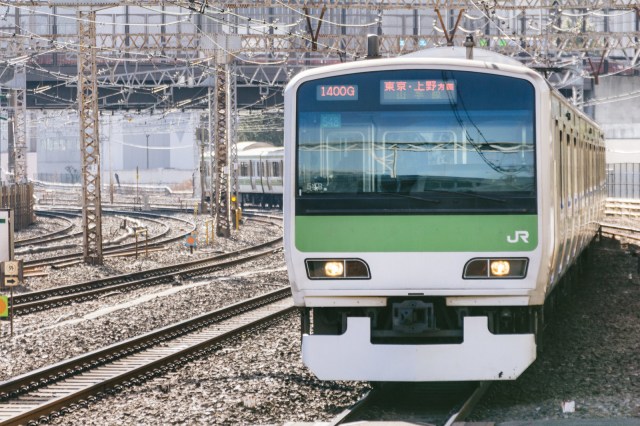
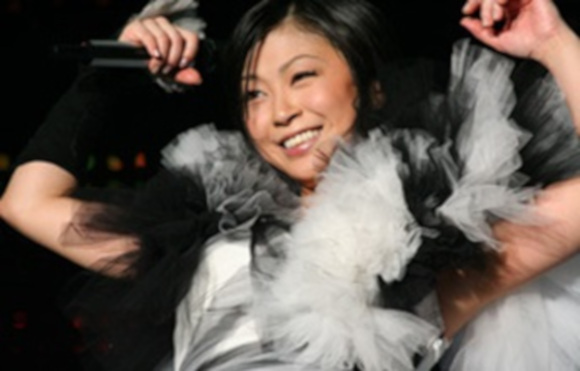

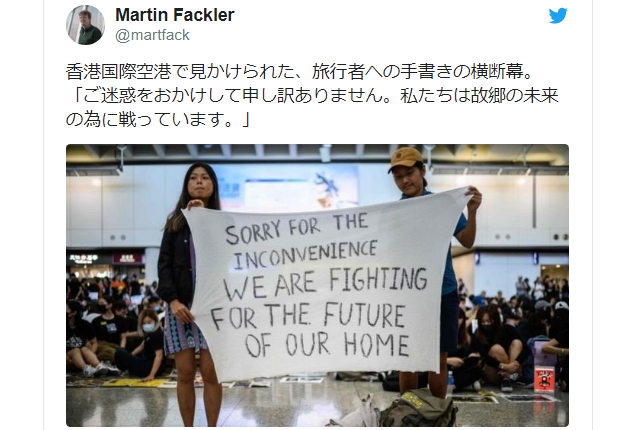
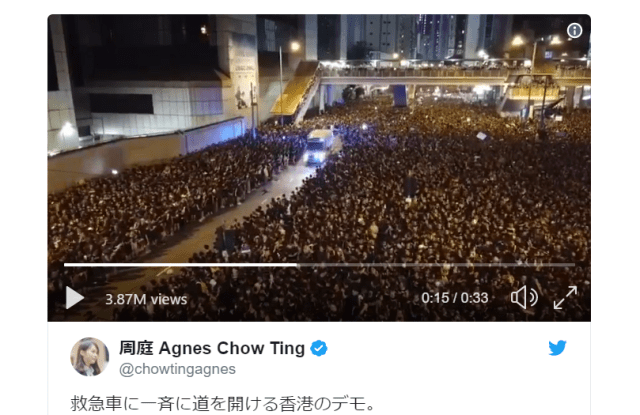
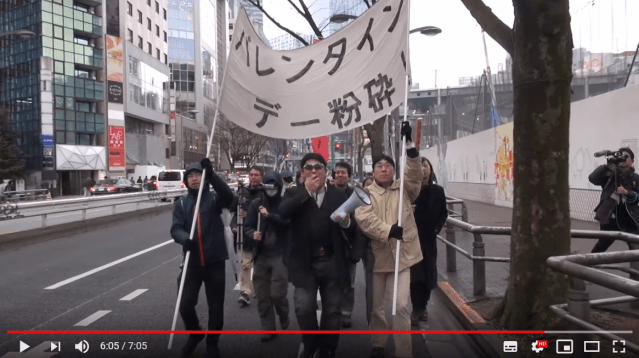
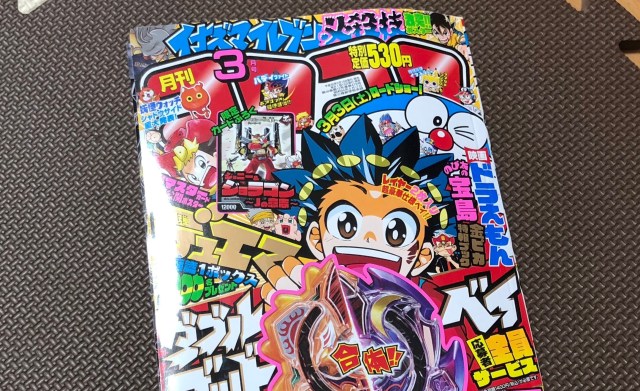
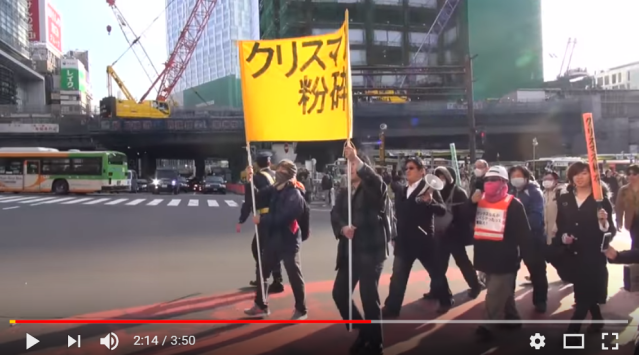
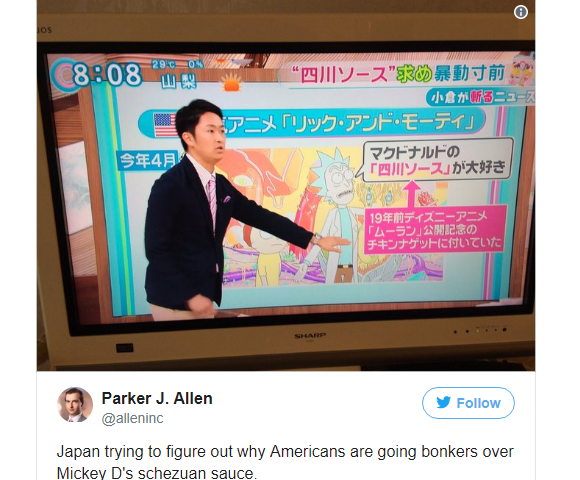
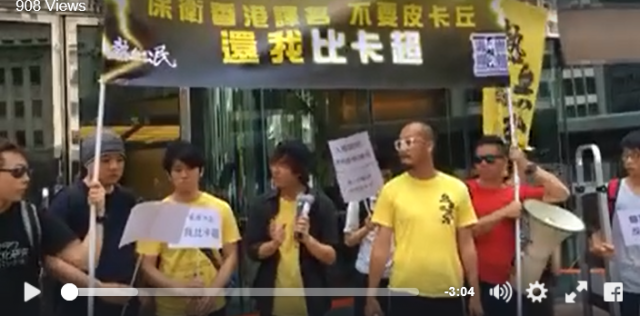
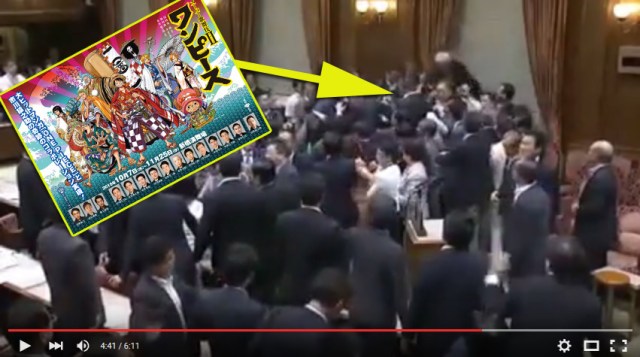
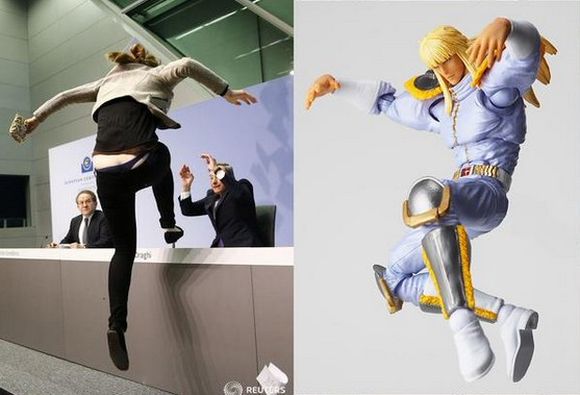
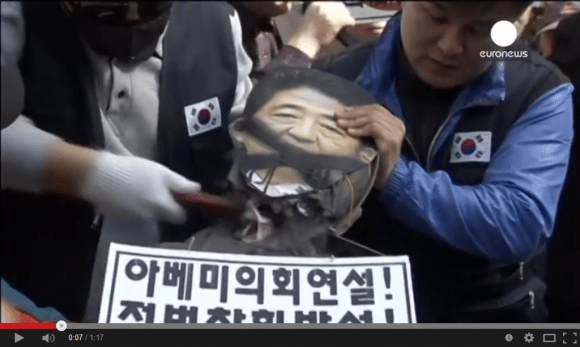
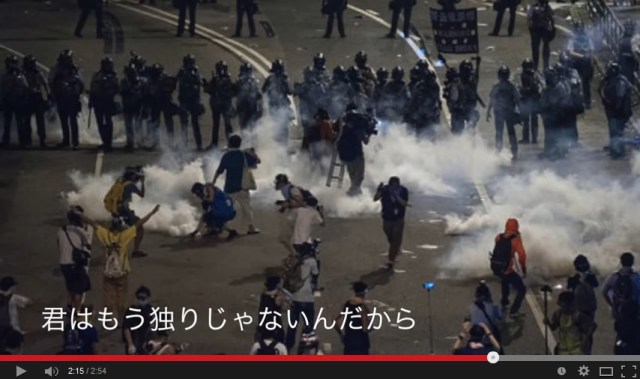
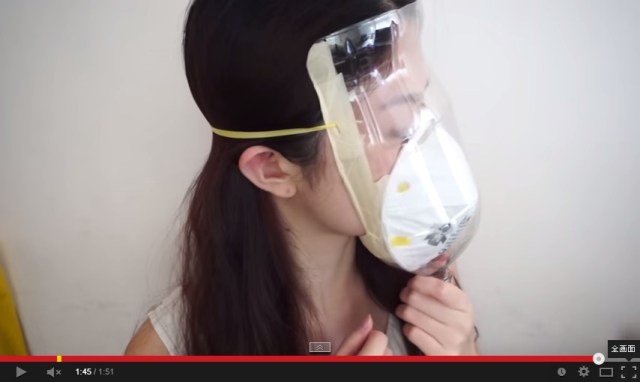
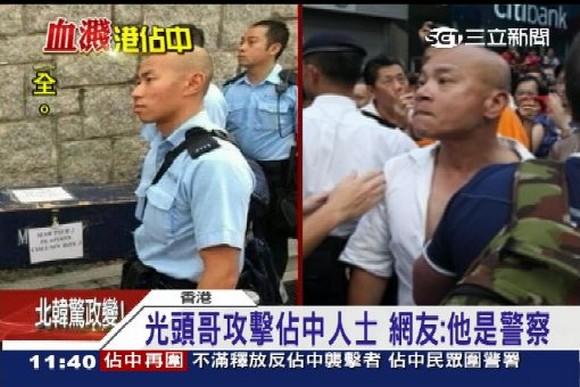
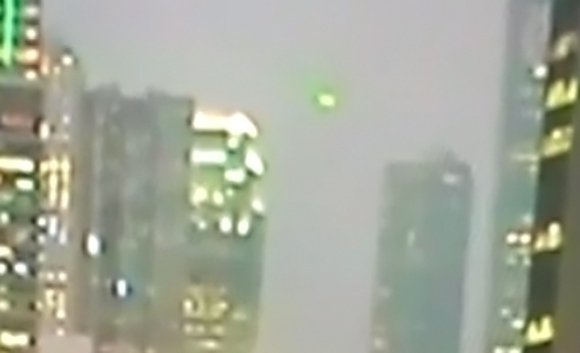
 Hello, cosmetics! Clinique teams up with Hello Kitty this summer for first-time collaboration
Hello, cosmetics! Clinique teams up with Hello Kitty this summer for first-time collaboration Demon Slayer: Kimetsu no Yaiba gets new roller coaster attractions and food at Universal Studios Japan
Demon Slayer: Kimetsu no Yaiba gets new roller coaster attractions and food at Universal Studios Japan How to order snacks on a Shinkansen bullet train in Japan
How to order snacks on a Shinkansen bullet train in Japan High-fashion Totoro cuddle purse is like an elegant stroll in the forest【Photos】
High-fashion Totoro cuddle purse is like an elegant stroll in the forest【Photos】 Japan’s new difficult-to-drink-from beer glass protects your liver, but it’s a brutal experience
Japan’s new difficult-to-drink-from beer glass protects your liver, but it’s a brutal experience Kyoto Tower mascot termination reveals dark side behind cute Japanese characters
Kyoto Tower mascot termination reveals dark side behind cute Japanese characters Edible 10-yen coins become a hot new trend in Tokyo【Taste test】
Edible 10-yen coins become a hot new trend in Tokyo【Taste test】 Tsukiji Fish Market Vendor Releases Tuna For Home Assembly
Tsukiji Fish Market Vendor Releases Tuna For Home Assembly A visit to the best UFO catcher arcade in the universe!
A visit to the best UFO catcher arcade in the universe! New samurai glasses are Japan’s latest weird must-have souvenir
New samurai glasses are Japan’s latest weird must-have souvenir Nintendo history you can feel – Super NES, N64, and GameCube controllers become capsule toys
Nintendo history you can feel – Super NES, N64, and GameCube controllers become capsule toys “The most Delicious Cup Noodle in history” – Japan’s French Cup Noodle wins our heart【Taste test】
“The most Delicious Cup Noodle in history” – Japan’s French Cup Noodle wins our heart【Taste test】 Starbucks releases a cute Frappuccino and Unicorn Cake…but not in Japan
Starbucks releases a cute Frappuccino and Unicorn Cake…but not in Japan McDonald’s Japan’s Soft Twist Tower: A phantom ice cream only sold at select branches
McDonald’s Japan’s Soft Twist Tower: A phantom ice cream only sold at select branches Yabai Ramen: What makes this Japanese ramen so dangerous?
Yabai Ramen: What makes this Japanese ramen so dangerous? Finally! Nintendo Japan expands Switch 8-bit controller sales to everybody, Online member or not
Finally! Nintendo Japan expands Switch 8-bit controller sales to everybody, Online member or not Japanese government wants to build luxury resorts in all national parks for foreign tourists
Japanese government wants to build luxury resorts in all national parks for foreign tourists To combat declining birth rate, Japan to begin offering “Breeding Visas” to foreigners
To combat declining birth rate, Japan to begin offering “Breeding Visas” to foreigners 10 things you should buy at 7-Eleven in Japan
10 things you should buy at 7-Eleven in Japan Studio Ghibli releases anime heroine cosplay dresses that are super comfy to wear
Studio Ghibli releases anime heroine cosplay dresses that are super comfy to wear Woman charged for driving suitcase without a license in Osaka
Woman charged for driving suitcase without a license in Osaka Studio Ghibli unveils My Neighbour Totoro miniature house model
Studio Ghibli unveils My Neighbour Totoro miniature house model Kyoto experiencing problems with foreign tourists not paying for bus fares, but not on purpose
Kyoto experiencing problems with foreign tourists not paying for bus fares, but not on purpose Fighting mild hunger with a Japanese soda that turns into jelly in the stomach【Taste test】
Fighting mild hunger with a Japanese soda that turns into jelly in the stomach【Taste test】 Studio Ghibli’s Howl’s Moving Castle tapestry unveiled in Japan for first time
Studio Ghibli’s Howl’s Moving Castle tapestry unveiled in Japan for first time McDonald’s new Happy Meals offer up cute and practical Sanrio lifestyle goods
McDonald’s new Happy Meals offer up cute and practical Sanrio lifestyle goods Sales of Japan’s most convenient train ticket/shopping payment cards suspended indefinitely
Sales of Japan’s most convenient train ticket/shopping payment cards suspended indefinitely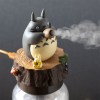 Sold-out Studio Ghibli desktop humidifiers are back so Totoro can help you through the dry season
Sold-out Studio Ghibli desktop humidifiers are back so Totoro can help you through the dry season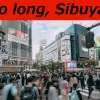 Japanese government to make first change to romanization spelling rules since the 1950s
Japanese government to make first change to romanization spelling rules since the 1950s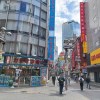 Foreigner’s request for help in Tokyo makes us sad for the state of society
Foreigner’s request for help in Tokyo makes us sad for the state of society Ghibli founders Toshio Suzuki and Hayao Miyazaki contribute to Japanese whisky Totoro label design
Ghibli founders Toshio Suzuki and Hayao Miyazaki contribute to Japanese whisky Totoro label design Doraemon found buried at sea as scene from 1993 anime becomes real life【Photos】
Doraemon found buried at sea as scene from 1993 anime becomes real life【Photos】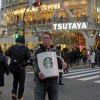 Tokyo’s most famous Starbucks is closed
Tokyo’s most famous Starbucks is closed Princesses, fruits, and blacksmiths: Study reveals the 30 most unusual family names in Japan
Princesses, fruits, and blacksmiths: Study reveals the 30 most unusual family names in Japan Kyoto Tower mascot termination reveals dark side behind cute Japanese characters
Kyoto Tower mascot termination reveals dark side behind cute Japanese characters Edible 10-yen coins become a hot new trend in Tokyo【Taste test】
Edible 10-yen coins become a hot new trend in Tokyo【Taste test】 Tsukiji Fish Market Vendor Releases Tuna For Home Assembly
Tsukiji Fish Market Vendor Releases Tuna For Home Assembly A visit to the best UFO catcher arcade in the universe!
A visit to the best UFO catcher arcade in the universe! New samurai glasses are Japan’s latest weird must-have souvenir
New samurai glasses are Japan’s latest weird must-have souvenir Japan Railways now has giant robots performing maintenance work via VR-goggled operators
Japan Railways now has giant robots performing maintenance work via VR-goggled operators Japan’s first-ever wanko soba conveyor belt restaurant opens in Tokyo
Japan’s first-ever wanko soba conveyor belt restaurant opens in Tokyo Cup Noodles Campfire S’mores puts a weird new twist on instant ramen
Cup Noodles Campfire S’mores puts a weird new twist on instant ramen Beautiful Legend of Zelda Lego set is series’ first buildable block crossover【Photos】
Beautiful Legend of Zelda Lego set is series’ first buildable block crossover【Photos】 Getting a driver’s license in Japan the hard way: The first driving test a few more times
Getting a driver’s license in Japan the hard way: The first driving test a few more times Mr. Sato stops by 7-Eleven’s often overlooked fast food chain Poppo
Mr. Sato stops by 7-Eleven’s often overlooked fast food chain Poppo Yabai Ramen: What makes this Japanese ramen so dangerous?
Yabai Ramen: What makes this Japanese ramen so dangerous? Ghibli makes a castle move again with Hayao Miazaki-envisioned video ad for Ghibli Park【Video】
Ghibli makes a castle move again with Hayao Miazaki-envisioned video ad for Ghibli Park【Video】